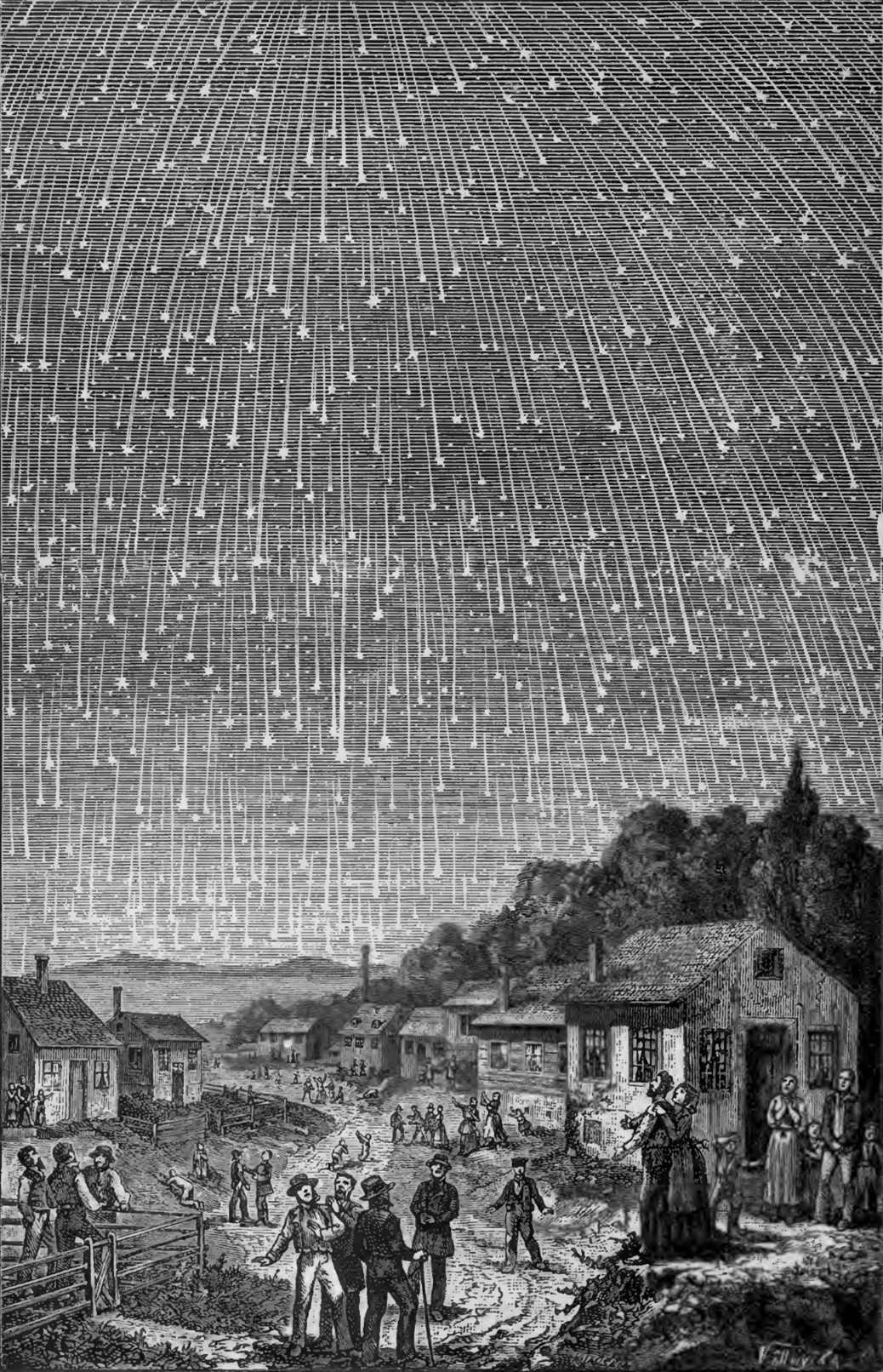What's Up? November 2025
Stargazing season is here! With longer nights and clear skies, November brings the Leonid meteor shower (peaking 17–18 November) and stunning views of Jupiter, Saturn, and even distant Uranus and Neptune.
Discover the best times to look up, moon phase dates, and what else to spot in this month’s night sky by reading our monthly What's Up? Guide.
It’s truly stargazing season, the clocks have gone back and now you can star gaze all evening and still go to sleep at a decent time! Let’s have a look at what to expect this month:
Meteor showers
Leonid’s peak 17th-18th November
This meteor shower was historically one of the most spectacular to grace our skies in 1883. Well Americas skies. Europe was not in line of sight for the shooting star show. Depictions of it give the idea of a sparkling rain storm. However now a days we get maybe 10-15 per hour. A roar turned to a whimper. Meteor showers, as is shooting stars scientific name, are caused Earth orbiting into trails of debris left by Comet tails. Comets are these huge dirty snowballs, made of dirt and ice that orbit round our solar system. Sometimes they take decades, sometime millennia to complete one orbit, all the while leaving a tail of leftovers as they go. If there is a large deposit of even sand size particles, those can cause bright flashes of light when they are attracted to Earth and hit our atmosphere. Back in 1883 there must have been a huge deposit from what we now know was Comet Tempel-Tuttle.

Fig 1: A depiction of the Leonids over America in 1883. Drawing published in 1888 based on eye witness accounts.
Planets

Figure 2. Screenshot taken from Stellarium of evening sky in mid-November, showing planet positions.
Saturn and Jupiter are both of great visibility throughout the month, Saturn rising first, bold in the mid to low southern sky most of the night and Jupiter following. If you can spot Orion you can use his shoulders as a good indicator towards the bright Gas Giants to the east and west. Uranus, whilst never visible to the naked eye, is right next to the Pleiades Cluster (also known as the seven sisters) so get those binoculars and telescopes out and see if you can catch it! It should look like a small blue dot underneath the cluster. Not as sparkly as the stars, but a solid iridescent dot. An extra addition: Neptune is hidden in that picture but is also hiding in the sky, just above and east of Saturn. Again a small blue dot compared to the whiter stars surrounding it. All the gas giants are available for the tick off stargazing list!
Moon Phases
5th: Full moon
11th: Half moon (Third quarter)
20th: New moon
27th: Half moon (First quarter)
Clears Skies and Happy Star-Gazing!
















